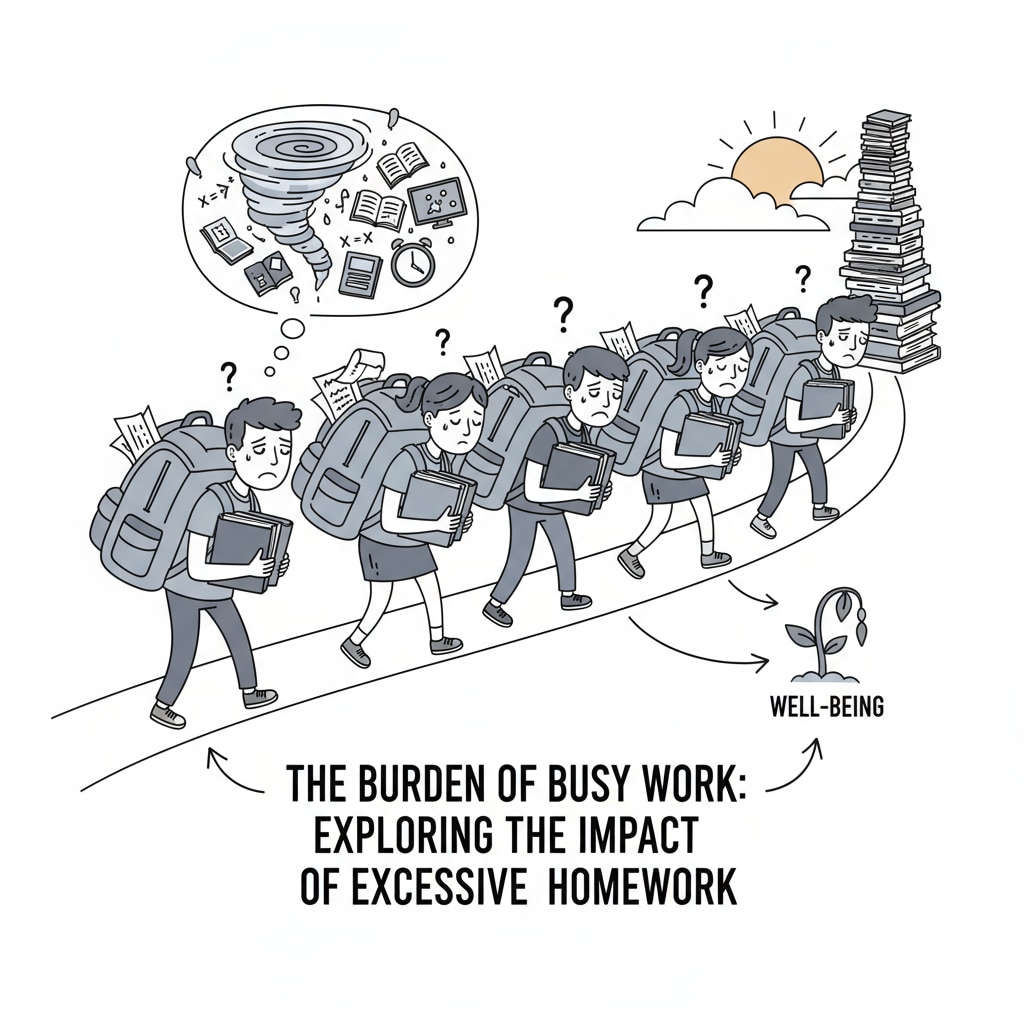The debate surrounding homework, students, and its necessity in K12 education has been ongoing for years. It’s a topic that stirs strong emotions and diverse opinions among educators, parents, and students themselves. Let’s take a closer look at this complex issue.
The Case for Homework
Proponents of homework argue that it plays a crucial role in reinforcing what students learn in school. For example, math homework helps students practice and master problem-solving skills. According to the National Education Association, homework can also foster independent learning and time management abilities. When students complete assignments on their own, they learn to organize their time effectively and take responsibility for their own learning.

The Opposition to Homework
On the other hand, many oppose homework. They believe it can lead to excessive stress among students. As reported by the American Psychological Association, heavy homework loads can cause burnout and negatively impact mental health. Moreover, some argue that it may limit students’ opportunities for other important activities, such as spending time with family, pursuing hobbies, or engaging in physical exercise.

Finding a balance is essential. Educators should design homework that is meaningful and not overly burdensome. Parents can also play a role by setting a proper study environment and helping their children manage time. In conclusion, the debate about homework, students, and its necessity in K12 education will continue, but by considering both sides and working together, we can strive for an educational system that benefits all students.
Readability guidance: The article uses short paragraphs to clearly present different viewpoints. Each H2 section provides key arguments. The use of active voice is prioritized, and transition words like “however” and “moreover” are used to connect ideas smoothly.


